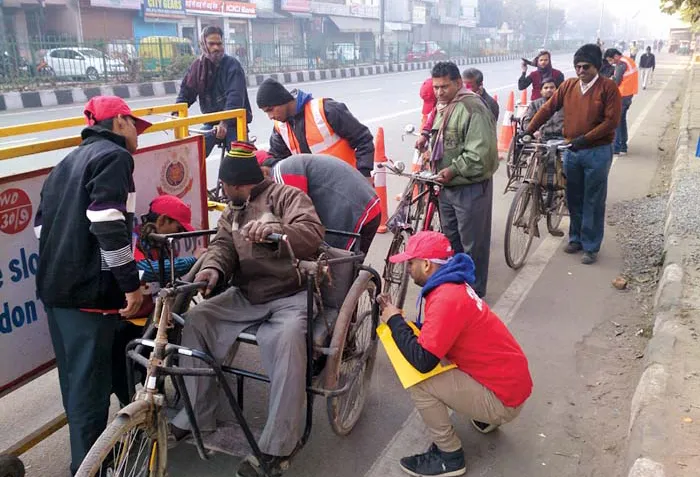The Indian Government is looking to upgrade its road links and also improve the condition of many road links right across the country, with a view to improving safety, as well as transportation. A series of infrastructure plans are being implemented, aimed at improving road conditions in the country.
India’s Ministry for Road Transport and Highways is keen to improve road safety and reduce the fatality rate in the country. The Indian Government is establishing a Road Safety Authority that is being charged
January 14, 2016
Read time: 2 mins
The Indian Government is looking to upgrade its road links and also improve the condition of many road links right across the country, with a view to improving safety, as well as transportation. A series of infrastructure plans are being implemented, aimed at improving road conditions in the country.
India’s Ministry for Road Transport and Highways is keen to improve road safety and reduce the fatality rate in the country. The Indian Government is establishing a Road Safety Authority that is being charged with the task of halving the country’s road fatality rate. At present there are around 500,000 crashes/year in India and which kill around 150,000/year.
Some US$1.64 billion will be spent over the next five years on improving road infrastructure along 726 stretches that have been identified as having a high rate of crashes. The construction of flyovers and underpasses will be carried out as part of this plan in a bid to reduce risks for vulnerable road users such as pedestrians and cyclists.
Around 50,000km of roads are likely to be reclassified as National Highways. The move will see these roads being upgraded from single or double lanes to four-, six- or eight-lane highways. This initiative will increase India’s total length of National Highways to around 150,000km.
And another project is for the evaluation of the use of asphalt surfacing for concrete roads in the Western/Eastern peripheral expressways next to the Meerut-Delhi Expressway. This move forms part of a plan to extend the lifespan of roads.
India’s Ministry for Road Transport and Highways is keen to improve road safety and reduce the fatality rate in the country. The Indian Government is establishing a Road Safety Authority that is being charged with the task of halving the country’s road fatality rate. At present there are around 500,000 crashes/year in India and which kill around 150,000/year.
Some US$1.64 billion will be spent over the next five years on improving road infrastructure along 726 stretches that have been identified as having a high rate of crashes. The construction of flyovers and underpasses will be carried out as part of this plan in a bid to reduce risks for vulnerable road users such as pedestrians and cyclists.
Around 50,000km of roads are likely to be reclassified as National Highways. The move will see these roads being upgraded from single or double lanes to four-, six- or eight-lane highways. This initiative will increase India’s total length of National Highways to around 150,000km.
And another project is for the evaluation of the use of asphalt surfacing for concrete roads in the Western/Eastern peripheral expressways next to the Meerut-Delhi Expressway. This move forms part of a plan to extend the lifespan of roads.








